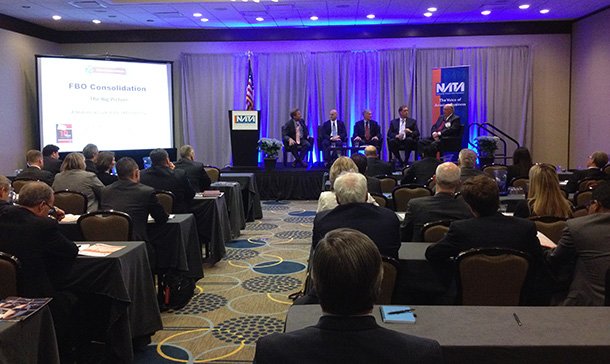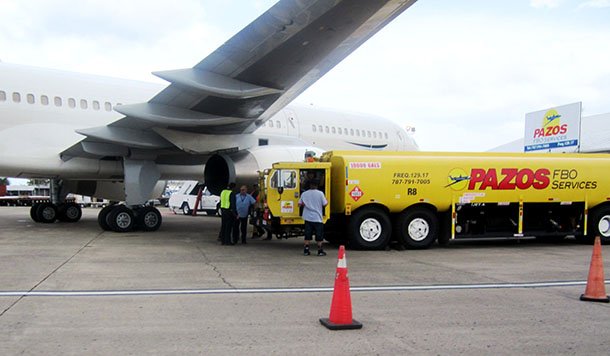NBAA Convention Focus Stays on Safety for Operators and FBOs
/By John L. Enticknap and Ron R. Jackson, Principals, Aviation Business Strategies Group (ABSG)
With more than 27,000 attendees descending on Orlando, Fla., for the annual National Business Aviation Association convention Nov. 1-3, there were more than enough attractions and distractions to keep us busy for the duration of the show.
Besides the more than 1000 exhibits catching our eye at the Orange County Convention Center plus the aircraft static display at Orlando Executive Airport, we had to constantly stay engaged with our main goal of getting a feel for what FBO operators and aircraft owners were thinking with regards to the state of the business aviation industry.
For the most part, the mood was light and guardedly optimistic. Our informal spot fuel sales survey of several FBOs showed some surprising results with several operators reporting above average aircraft movements the past few months. In fact, one operator indicated they uplifted a record amount of Jet-A fuel in October.
We attended several educational forums to get an idea of what aircraft operators are concentrating on to provide the highest level of safety while operating in the business aviation environment. We also wanted to obtain a perspective on what aircraft operators are expecting from their FBO providers with regards to meeting safety standards.
Several aircraft operators we talked to who fly internationally are adhering to the International Standard for Business Aircraft Operations (IS-BAO). They find that the process of adopting the standard, which includes incorporating a safety management system (SMS), changes the internal culture of a flight department to become more safety conscious.
To some, an active SMS program provides greater visibility to what’s going on within the safety culture. One operator said employees in the company have a great outlet with an SMS system in place to voice their concerns about safety issues because they see the results put into practice.
“It’s the greatest safety enhancement since TCAS,” one chief pilot said. “It makes us better and makes the company better.”
For FBOs, the International Standard for Business Aviation Handlers (IS-BAH) registration program is the equivalent to the IS-BAO program for aircraft operators. It also incorporates an SMS program and is designed to help enhance an internal safety culture.
We asked several aircraft operators that if two or more FBOs were in consideration for servicing their aircraft, and at least one was IS-BAH registered, would they select the IS-BAH registered FBO over the other choice or choices? They all indicated that an IS-BAH registered FBO would receive a more favorable consideration.
To find out more about the IS-BAH registration process, please read our blog post: Is IS-BAH Right for Your Operation? Also, another blog post might be helpful: Creating an SMS Environment a Plus for FBOs.
Please leave a comment on this subject below. If you have any questions, please give us a call or send us an email: jenticknap@bellsouth.com, 404-867-5518; ronjacksongroup@gmail.com, 972-979-6566.
ABOUT THE BLOGGERS:
John Enticknap has more than 35 years of aviation fueling and FBO services industry experience and is an IS-BAH Accredited auditor. Ron Jackson is co-founder of Aviation Business Strategies Group and president of The Jackson Group, a PR agency specializing in FBO marketing and customer service training. Visit the biography page or absggroup.com for more background.
SUBSCRIBE:
Subscribe to the AC-U-KWIK FBO Connection Newsletter
© 2016 ABSG























